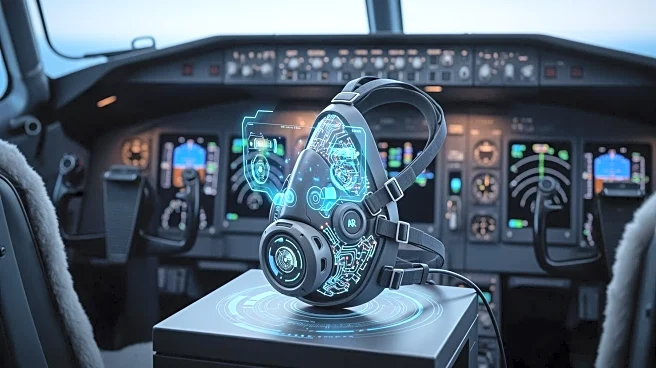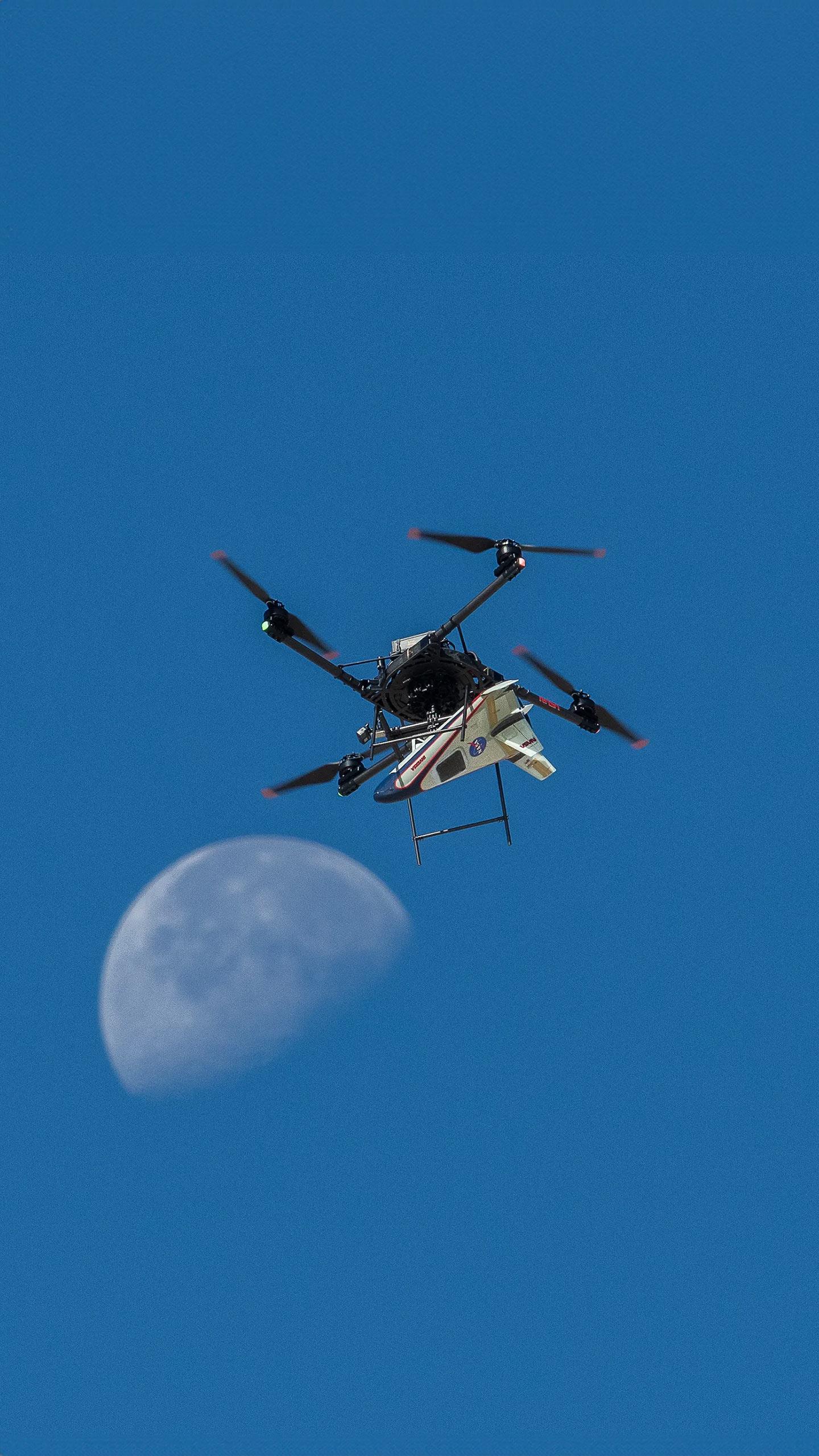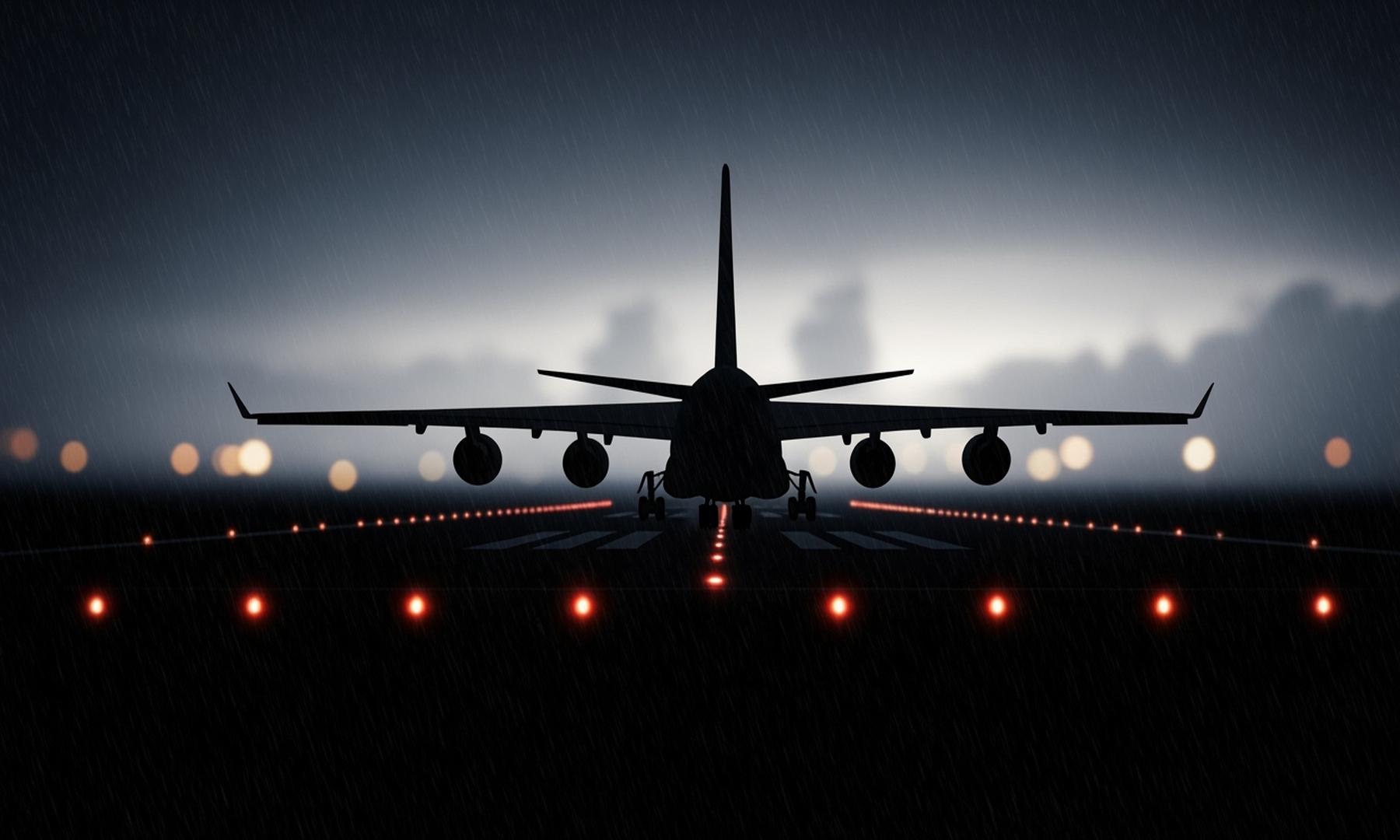What's Happening?
Klatt Works has introduced the Smoke Assured Vision Enhanced Display (SAVED) oxygen mask, designed to assist pilots during cockpit smoke events. This technology integrates a heads-up display (HUD) and enhanced vision system (EVS) to maintain visibility
of critical instruments and the outside environment when smoke enters the cockpit. The development comes in response to the frequent occurrence of smoke events, with over 170 incidents reported this year alone, according to Klatt Works. The company is showcasing this innovation at the NBAA-BACE 2025 event, highlighting its potential to improve pilot safety during emergencies.
Why It's Important?
The introduction of the SAVED oxygen mask is significant for aviation safety, as cockpit smoke events can severely impair pilots' ability to navigate and control aircraft. By providing enhanced visibility, this technology could reduce the risk of accidents and fatalities associated with smoke emergencies. The frequent occurrence of such events underscores the need for effective solutions, and Klatt Works' innovation may set a new standard for safety equipment in the aviation industry. This development could lead to broader adoption of augmented reality technologies in aviation, enhancing overall safety protocols.
What's Next?
Klatt Works is expected to continue refining the SAVED oxygen mask and potentially expand its application across various aircraft models. The aviation industry may see increased interest in integrating augmented reality technologies to address other safety challenges. Regulatory bodies could evaluate the effectiveness of this technology and consider mandating its use in certain aircraft. Airlines and manufacturers might explore partnerships with Klatt Works to incorporate this technology into their fleets, potentially leading to widespread adoption.
Beyond the Headlines
The development of the SAVED oxygen mask highlights the growing role of augmented reality in enhancing safety measures within the aviation industry. This innovation could pave the way for further technological advancements aimed at mitigating other in-flight emergencies. Additionally, it raises questions about the standardization of safety equipment and the potential for regulatory changes to ensure uniform safety protocols across the industry.














